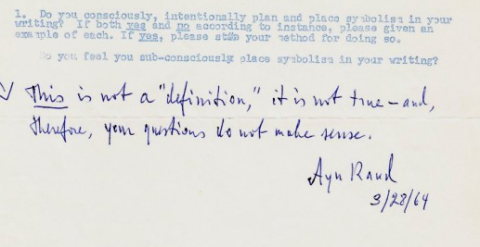There are many ways to make a movie, says film critic Jim Emerson, and many ways to make a mess.
The truck chase scene from Christopher Nolan’s 2008 film The Dark Knight is frankly a mess, as Emerson demonstrates in a fascinating video essay (above) produced as the first in a three-part series on the language of action sequences for the Indiewire blog Press Play. “We notice lapses in visual logic whether our brains register them consciously or not,” writes Emerson. “I found this scene utterly baffling the first time I saw it, and every subsequent time. At last, I now know exactly why.”
After studying the sequence shot by shot he realized that Nolan had violated fundamental rules of film grammar. You can follow along as Emerson, a Seattle-based critic who writes the Scanners film blog for the Chicago Sun-Times, sorts out the confusion. (There is an accompanying annotated transcript on Scanners.) And be sure to watch Emerson’s follow-up essays (below) which offer shot-by-shot analyses of action scenes that are clearly intelligible.
In Part II of his series (above), Emerson breaks down the highway chase scene from Phillip Noyce’s 2010 film, Salt. The sequence is easy to follow because Noyce is careful to establish the spatial relationships between the various elements, both within the frame and between shots. Writes Emerson:
There are certain directors I think of as “one-thing-at-a-time” filmmakers. That is, they seem to be incapable of composing shots that have more than one piece of information in them at a time. This makes for a very flat, rather plodding style. You see what the camera is pointed at in each shot, but you get very little sense of perspective when it comes to relating it to other elements in the scene. Noyce’s technique is much more fluid, organic and sophisticated. He keeps things from one shot visible in the next, even when shifting perspective–whether it’s only a few feet or clear across several lanes of traffic.
In Part III (above), Emerson revisits classic chase scenes from three films: Don Siegel’s The Lineup (1958), Peter Yates’s Bullitt (1968) and William Friedkin’s The French Connection (1971). In each case the director takes you on a chaotic, bumpy ride–but never loses you.


